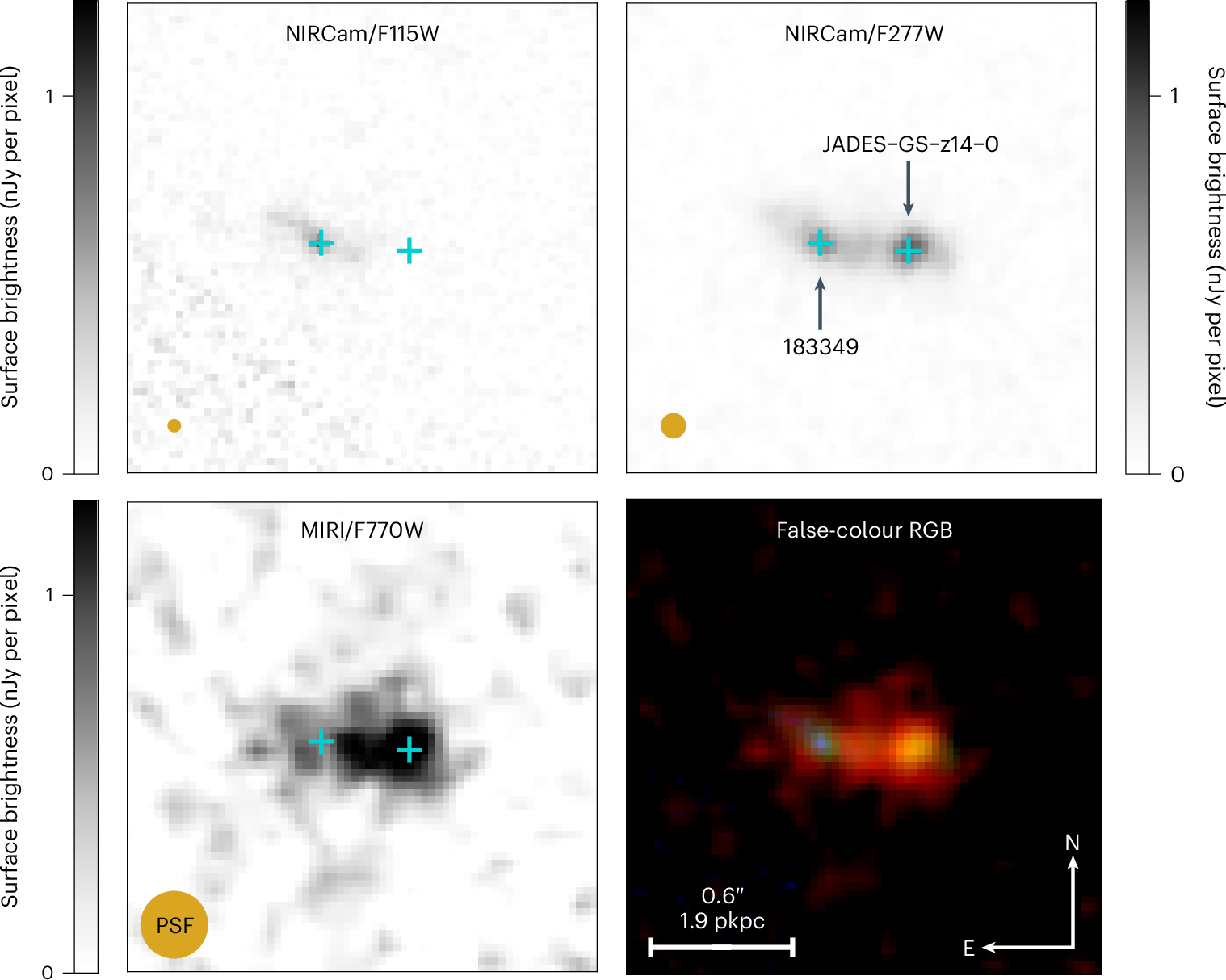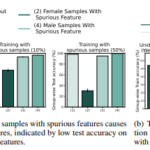2025-03-07 イェール大学
<関連情報>
- https://news.yale.edu/2025/03/07/yale-chemists-discover-new-method-reducing-carbon-dioxide
- https://www.cell.com/chem/abstract/S2451-9294(25)00052-X
酸化された多孔質シリコン上に固定化された分子マンガン触媒を用いた、CO2からギ酸への光電触媒還元反応 Photoelectrocatalytic reduction of CO2 to formate using immobilized molecular manganese catalysts on oxidized porous silicon
Young Hyun Hong∙ Xiaofan Jia∙ Eleanor Stewart-Jones∙ … ∙ Christine Quist ∙ Eric Stach∙ Yihui Zhang
Chem Published:March 7, 2025
DOI:https://doi.org/10.1016/j.chempr.2025.102462
Graphical abstract

The bigger picture
Most of our fuels and commodity chemicals are currently derived from fossil fuels. The combustion of fossil fuels contributes to global warming, and their extraction can be environmentally damaging. Therefore, there is a pressing need to reduce fossil fuel dependence and explore alternative chemical feedstocks. Carbon dioxide (CO2) is an attractive feedstock owing to its abundance and low cost. Further, CO2 utilization could represent a negative emissions technology. However, large-scale CO2 utilization requires catalysts that operate under milder conditions, exhibit higher productivity, and are more stable than current systems. Catalysts for CO2 utilization typically fall into two categories: (1) homogeneous catalysts, which often give greater selectivity to a single product and are easier to study mechanistically, and (2) heterogeneous catalysts, which are more practical because they can be readily separated from the reaction mixture and are typically more stable. A third, less studied, class of catalysts is immobilized molecular catalysts, in which molecular catalysts are attached to a solid support. In principle, these systems have the capability to combine the benefits of heterogeneous and homogeneous catalysis.
Immobilized catalysts for CO2 reduction currently predominantly generate carbon monoxide. Expanding the product range could increase the generality of CO2 utilization. Formate (or formic acid) is appealing as a product, with global production exceeding 1 kiloton annually for use in preservatives and pesticides. This work focuses on molecular manganese catalysts, immobilized on thermally oxidized porous silicon, which photoelectrochemically convert CO2 to formate with high selectivity and reproducibility. It is a rare example of the use of porous silicon as a support for molecular catalysts and establishes that the presence of a thin oxide layer improves catalyst selectivity and stability. In the future, thermally oxidized porous silicon may find use as a support for catalysts that can facilitate reductive transformations other than CO2 reduction.
Highlights
•Formate with high selectivity formed from CO2, using an immobilized molecular catalyst
•Catalyst is supported on semiconducting thermally oxidized porous silicon
•Immobilized catalyst gives higher selectivity than same catalyst in solution
•The silicon support absorbs light and provides a photovoltage of 280 mV
Summary
The reduction of carbon dioxide (CO2) to formate using molecular catalysts immobilized on high surface area porous silicon is described. Manganese complexes of the type (Rbpy)Mn(CO)3Br (bpy = 2,2′-bipyridine) were prepared with silatrane groups on the bpy ligand for attachment to oxide-coated porous silicon (SiOx-porSi). SiOx-porSi wafers were formed by heating hydrogen-terminated p-type porous silicon wafers under air, and the manganese complexes were immobilized on SiOx-porSi by heating at 80°C. The resulting hybrid photoelectrodes are photoelectrocatalysts for CO2 reduction in acetonitrile containing 2.0 M triethylamine and 2.0 M isopropanol, yielding formate with high selectivity (>96%) and current density (∼0.6 mA/cm2), excellent reproducibility, and a photovoltage of 280 mV at −1.75 V (versus ferrocenium/ferrocene) under 1 sun illumination. The applied potential is close to the equilibrium potential for CO2 reduction to formate. This work presents rare examples of immobilized molecular catalysts for CO2 reduction to formate and the first on semiconducting silicon.



